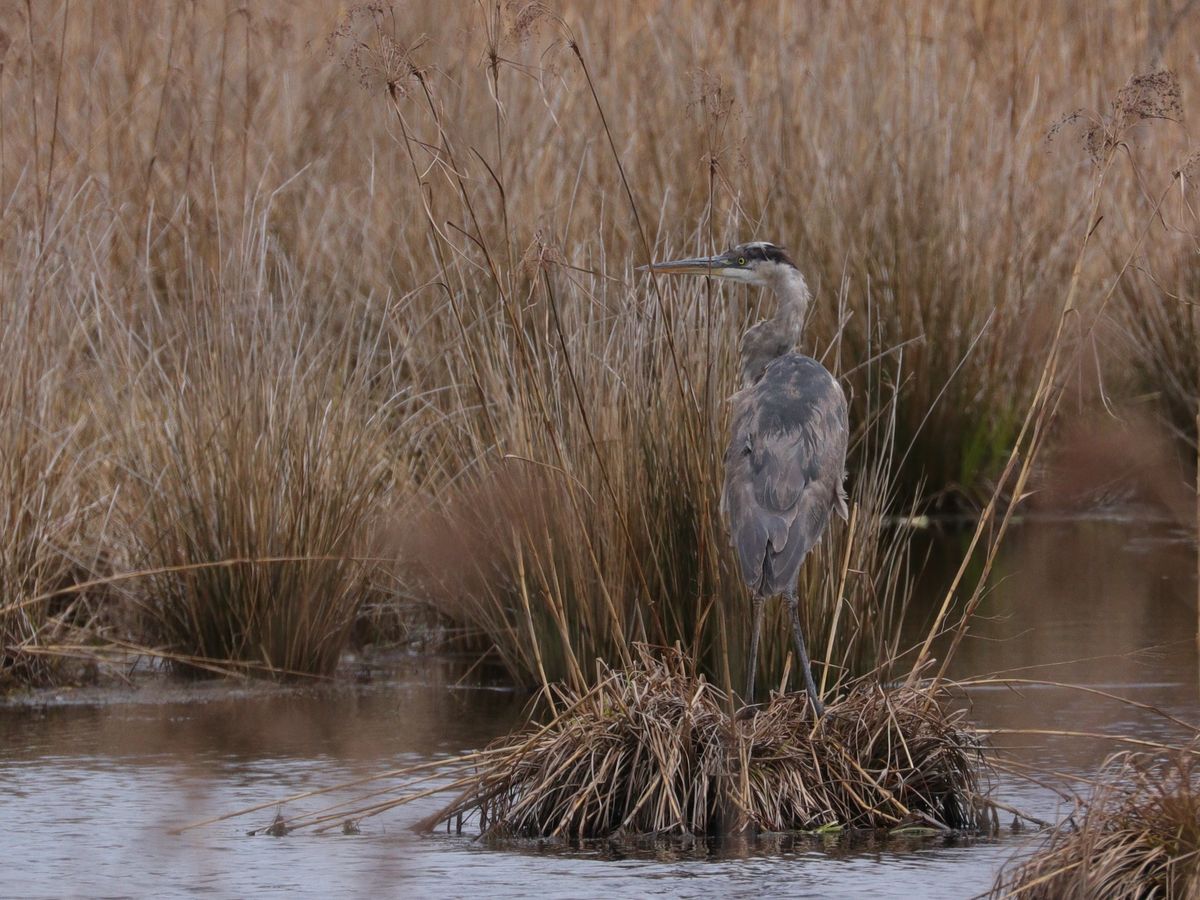Long-Term Development and Ecosystem Functions of Restored Cranberry Bogs
This group of research projects investigates how key soil features and ecosystem functions change over time in sites that are developing under different management scenarios. Specifically, we compare the development of soil properties and functions associated with nitrogen cycling and greenhouse gas flux across sites that fall along a restoration trajectory across active cranberry farms, young retired farms, old retired farms, flooded former farms, ecologically restored former farms, and natural reference wetlands with no history of cranberry farming. Results of this work inform not only our understanding of how ecosystems develop and function over time under different hydrologic and management scenarios, but also informs the practice of restoration.


